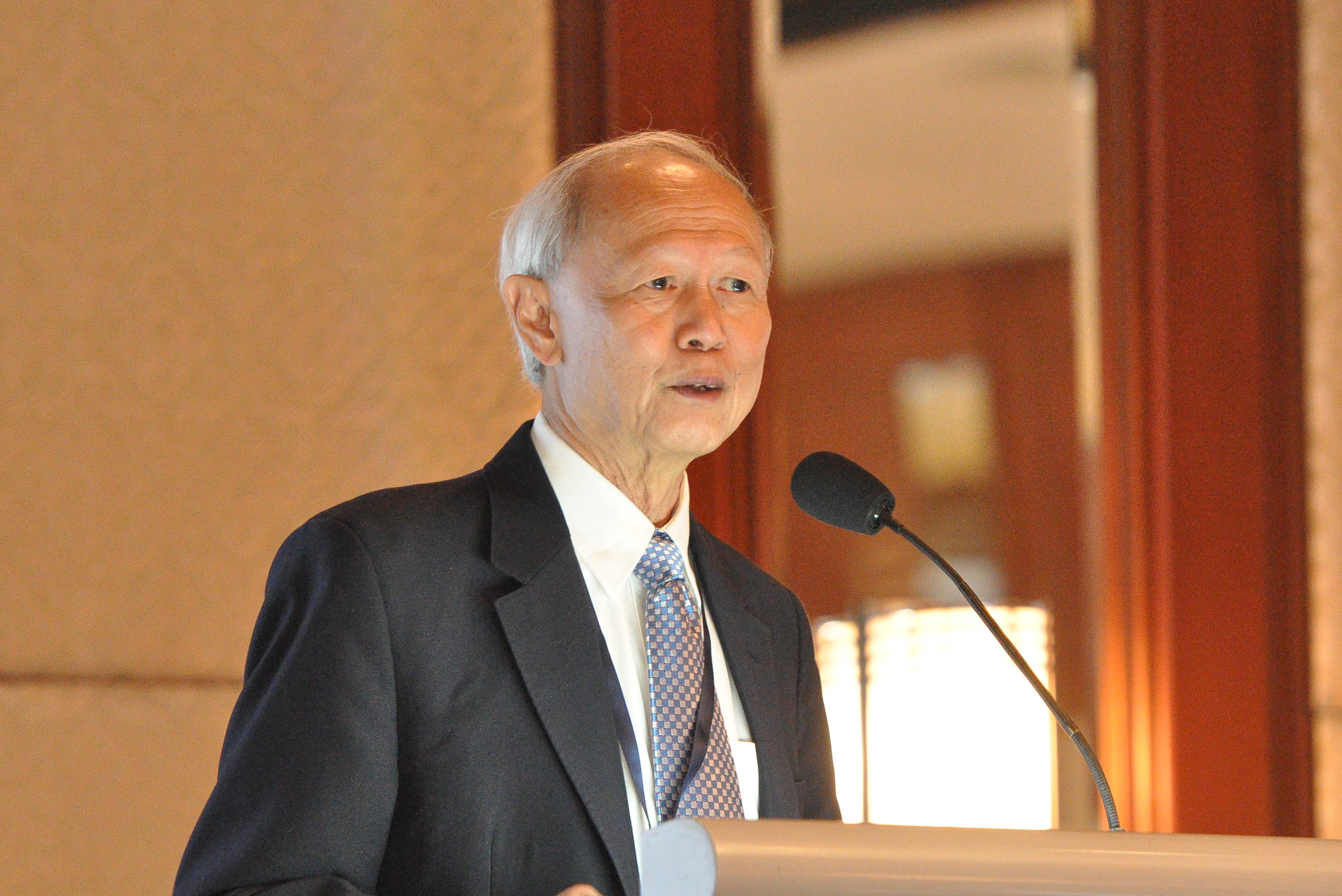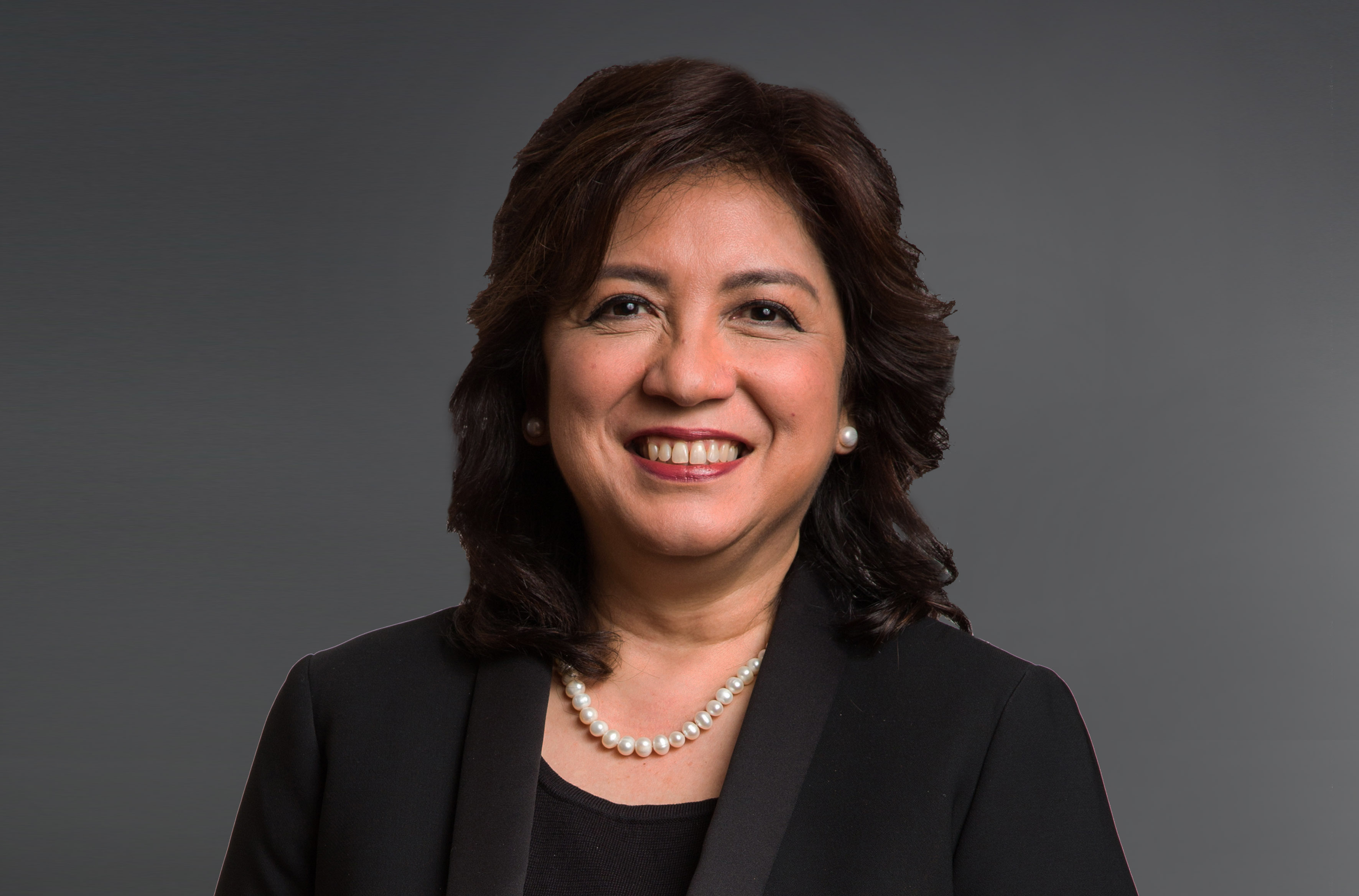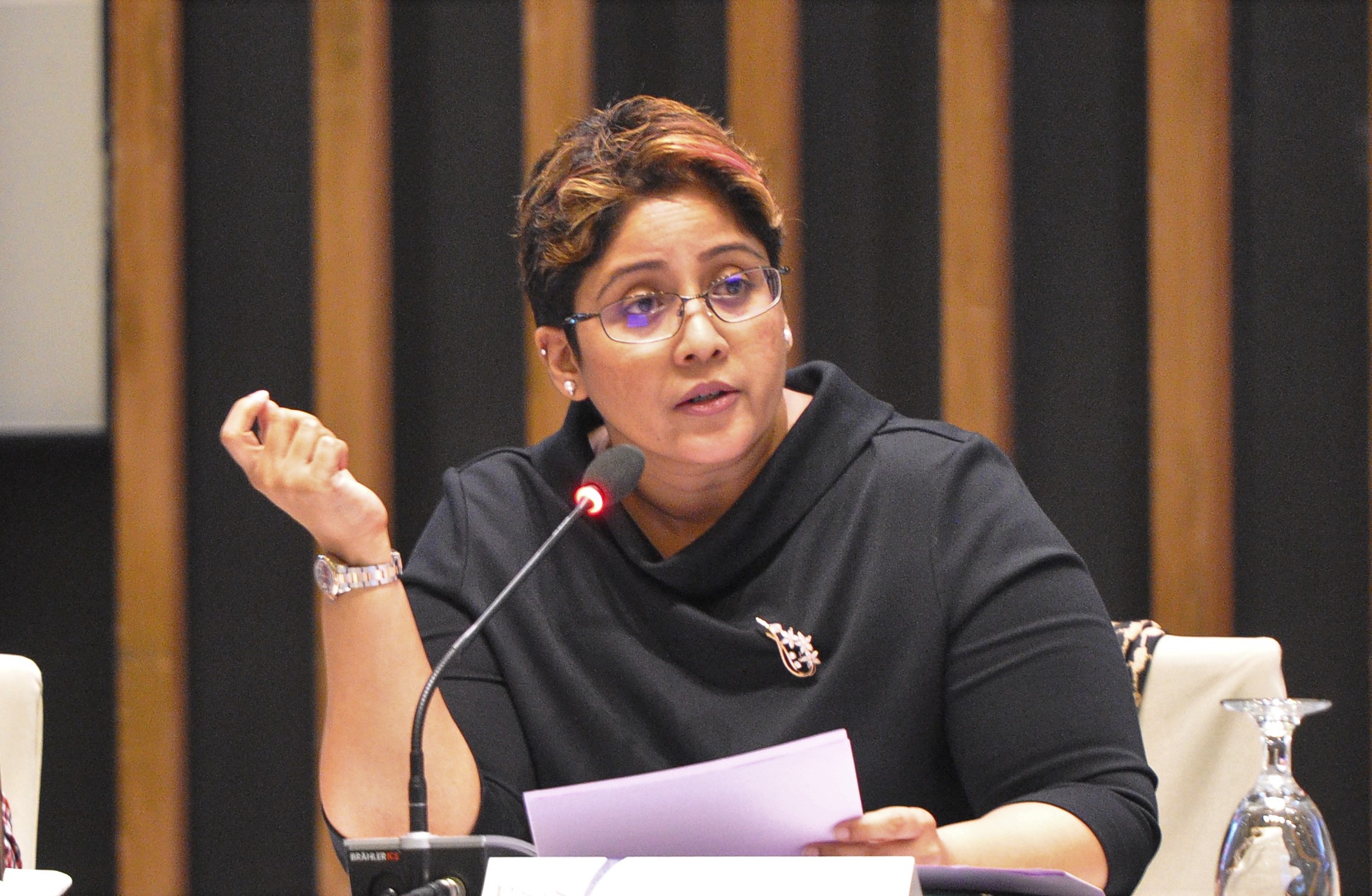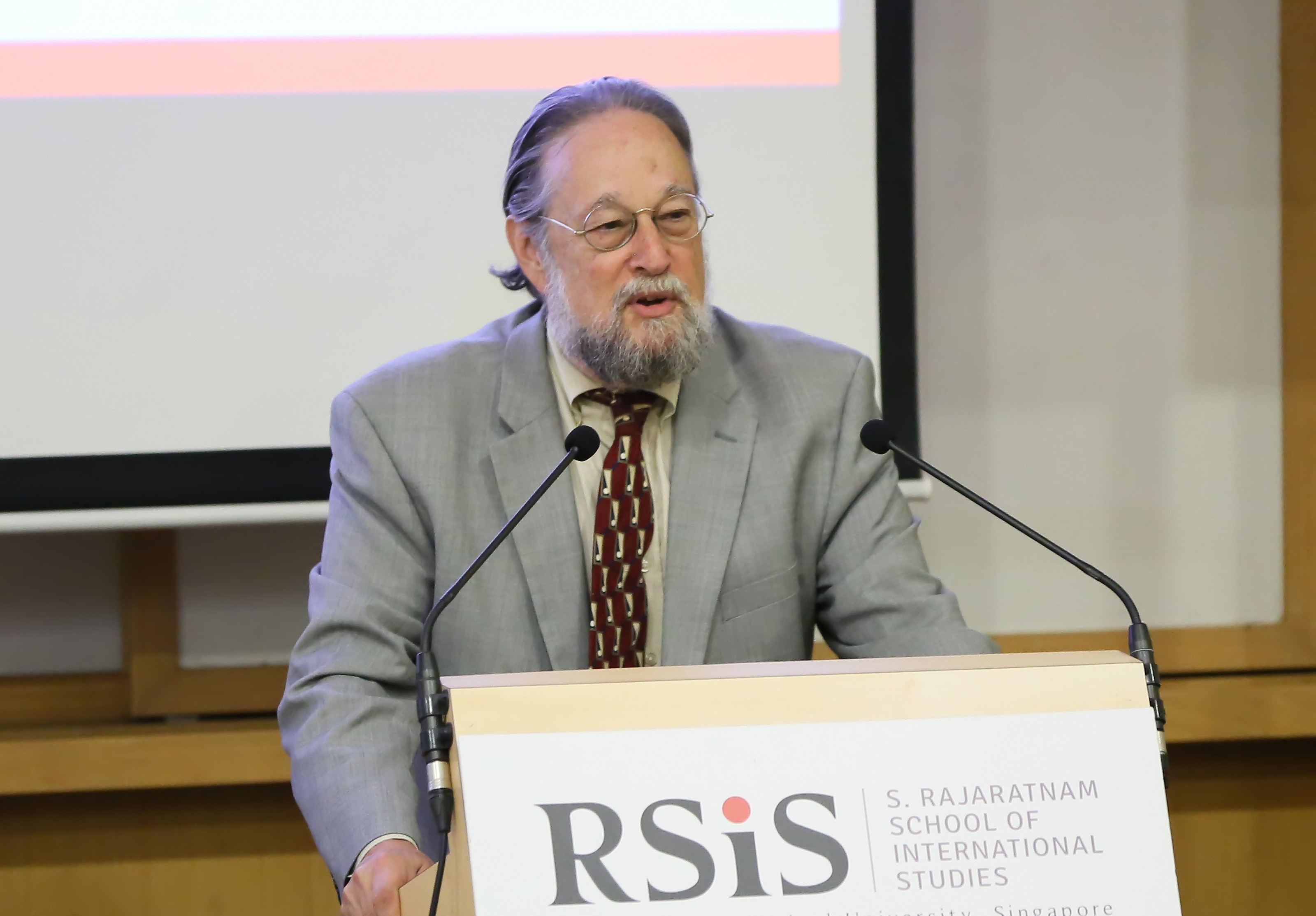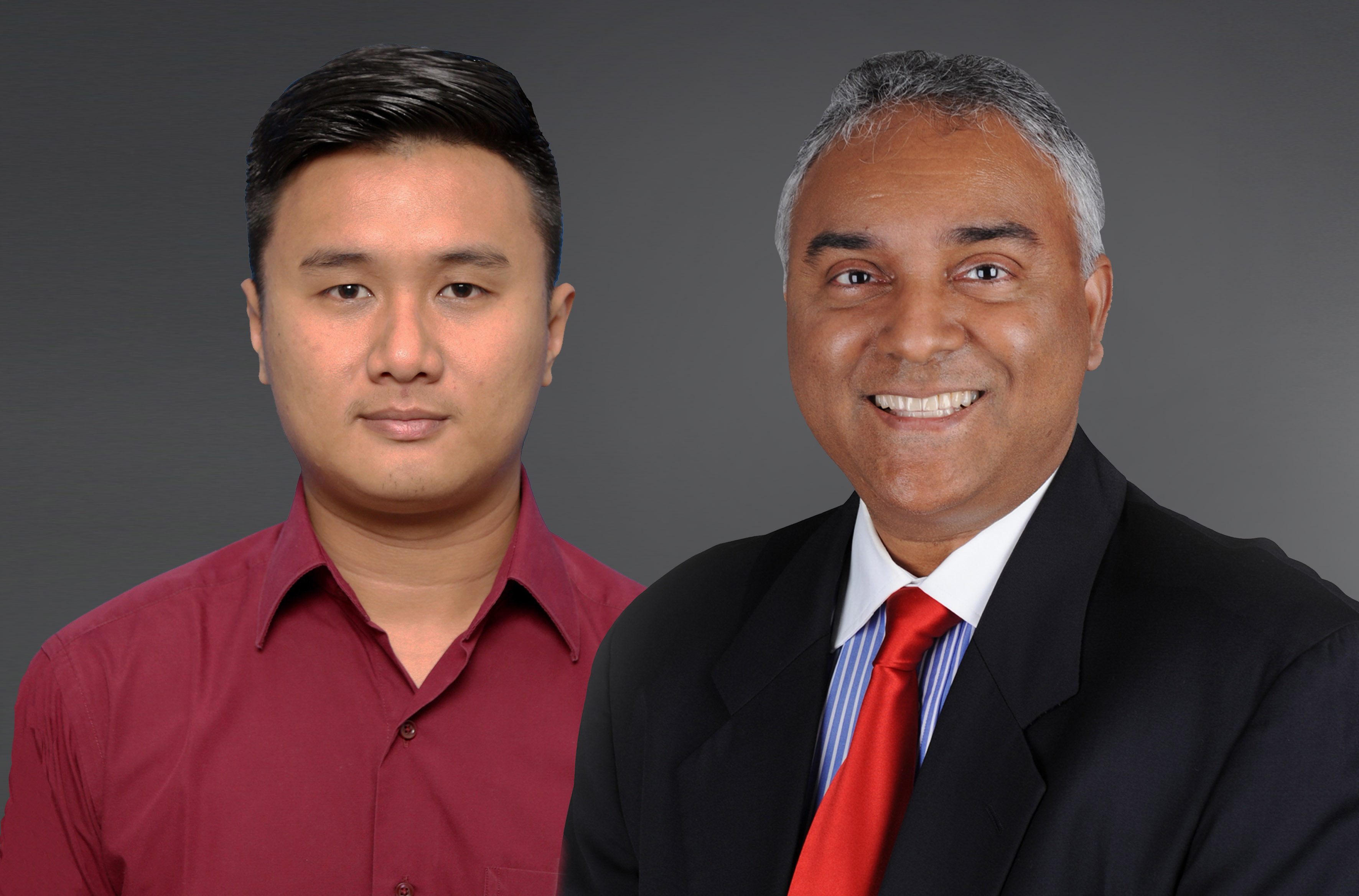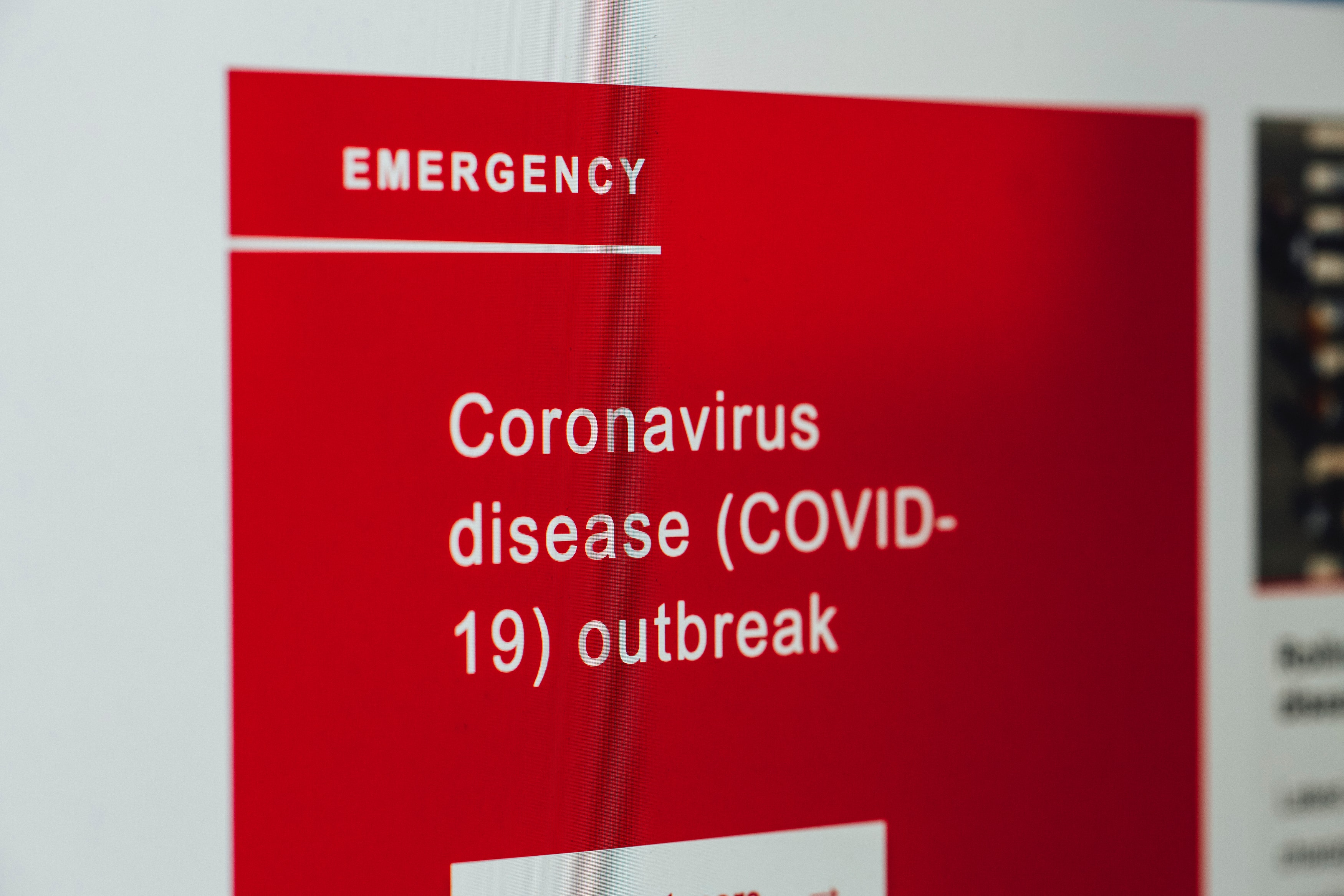
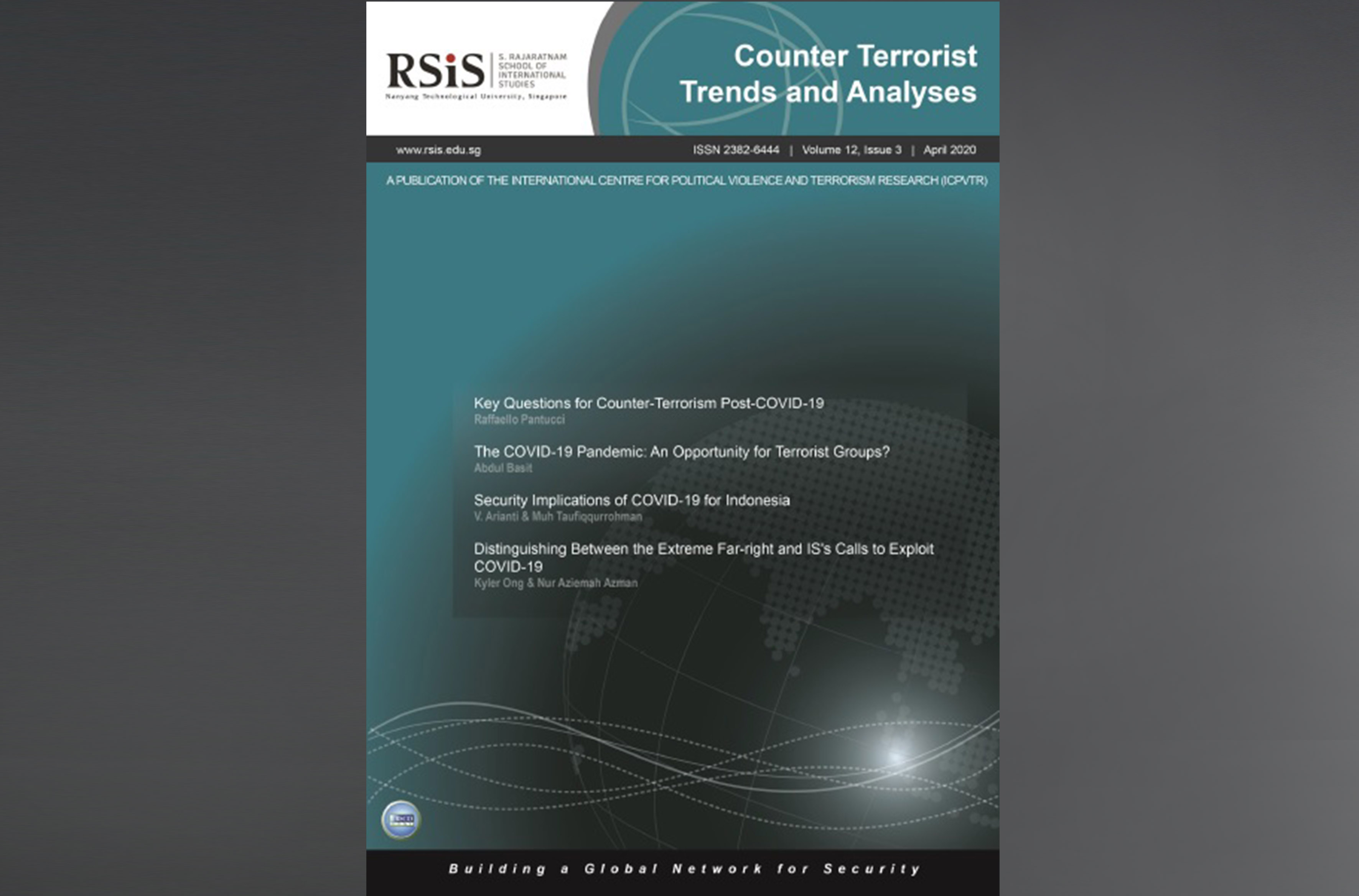
The Coronavirus Disease 2019 (COVID-19) pandemic has redefined almost all spheres of modern life. While states around the world are redeploying their financial resources, energies and military capabilities to cope with the challenge of the coronavirus, terrorist groups across the ideological spectrum have positioned themselves to exploit the gaps created by these policy re-adjustments. Terrorist groups are milking people’s fears amid confusion and uncertainty to promote their extremist propagandas.
The rearrangement of global imperatives will push counter-terrorism and extremism down the priority list of the international community. Anticipating these policy changes, existing counter-terrorism frameworks and alliances should be revisited to devise cost-effective and innovative strategies to ensure continuity of the fight against terrorist groups.
With these considerations in mind, this special issue of the Counter Terrorist Trends and Analyses (CTTA) features four articles that identify and assess important security risks around COVID-19, given its far-reaching social, economic and geopolitical impact. In the first article, Raffaello Pantucci reasons that COVID-19 will have a deep-seated and prolonged impact across government activity, both in terms of the categorisation of risks, as well as the resources available to tackle other issues. Perceptions of risk around terrorist threats may shift, with states grappling with stark economic, social and political challenges. At the same time, security threats continue to evolve, and may even worsen. According to the author, some of the tools developed to deal with the pandemic can potentially be useful in tracking terrorist threats. However, resource constraints will require states, on a global scale, to think far more dynamically about how to adequately buffer much-needed security blankets both within and beyond their borders.
In the second article, Abdul Basit outlines the opportunities and potential implications that COVID-19 has created for terrorist groups across the ideological divide. According to the author, terrorist groups have exploited the virus outbreak to spread racial hatred, doomsday and end-of-times narratives. Among jihadist groups, IS has taken a more totalitarian view of the coronavirus pandemic, while Al-Qaeda (AQ) and the Taliban have used it as a PR exercise to gain political legitimacy. Far-right groups in the West have spun it to promote native nationalism, border restoration and anti-immigration policies. Terrorist groups have increased their social media propaganda to radicalise and recruit vulnerable individuals. At the same time, these groups have urged their supporters to carry out lone-wolf attacks and use the coronavirus as a bioweapon. In the post-COVID-19 world, revisiting existing counter-terrorism frameworks to devise more adaptable and cost-effective strategies would be needed to continue the fight against terrorism.
In the next article, V. Arianti and Muh Taufiqurrohman observe that the COVID-19 outbreak has had a varied impact on Indonesia’s security landscape. On the one hand, it has emboldened IS-affiliated Indonesian militant groups to step up calls for attacks, with the government seen as weakened amidst a worsening domestic health crisis. On the other, ongoing indoctrination and recruitment activities of militant groups have also faced disruptions. According to the authors, counter-terrorism strategies will need to be reoriented as circumstances evolve, particularly in dealing with the arrest of militants and the subsequent processes of their prosecution and incarceration.
Finally, Kyler Ong and Nur Aziemah Azman examine the calls to action by far-right extremists and the Islamic State (IS), which reveals varying degrees of organisational coherence in the respective movements. According to the authors, such variations influence these two groups’ preferred techniques, tactics and procedures adopted in seeking to exploit the health crisis. For its part, IS has a more organised hierarchical structure, even if it has increasingly granted autonomy to its affiliates to plan and execute attacks. In comparison, the absence of a central authority, or command structure in the far-right, can lead to a fragmentation of interests. These factors invariably create uncertainties in how, when and where extremists of both ilk may seek to operationalise an attack.
To read this issue, please click on the link below:




